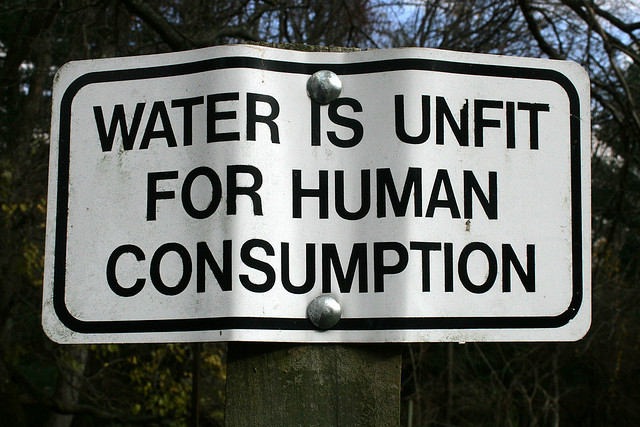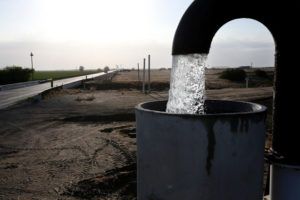
Blog |
Reimagining a smart water future for disenfranchised California communities
By Tetra Balestri, Student Contributor
Imagine a small rural farming community that must rely solely on groundwater for their water source. Their groundwater wells near agricultural fields and dairies. Decades of excessive fertilizer application and poor manure management allowing excess nitrates to work their way through the soil and contaminate this groundwater. The community can neither drink nor bathe with it. Bottled water must be purchased and transported into the area to use on a daily basis while they await a new well or for an adjacent community to serve them water. These are the current living conditions of California residents just 300 miles north of UCLA living in Salinas Valley in Monterey.
UCLA’s Institute of Environment and Sustainability is working to solve this problem. Madelyn Glickfeld, director of the UCLA Water Resources Group, has teamed up with Yoram Cohen, a professor of chemical and biomolecular engineering, and senior researcher Anditya Rahardianto to develop a solution. The group was recently awarded over $2 million from the State Water Resources Control Board to implement their project. Their proposal: smart water systems.
The California state government has considered traditional fixes to this problem. One solution entails building pipelines from neighboring communities to consolidate water systems. This solution is very expensive and would require miles of pipeline and cooperation from nearby towns. Another proposal is to dig a deeper well or find a new well location that is not polluted. With nitrate plumes spreading in the Salinas and Central Valleys, this can be difficult and uncertain. While these alternatives have less maintenance cost than treating the polluted water, and are more appropriate for small, disadvantaged communities without expertise in water treatment, success has been elusive.

Unlike these conventional solutions, Glickfeld and Cohen’s approach integrates the latest in technology to create a purification system above ground that will remove contaminants and reduce salinity. Smart water systems implement a membrane-based system (such as reverse osmosis) or an ion-exchange process to clean toxic waste water making it suitable for use.
These purification systems are not just cutting-edge — they really are smart. They come equipped with sensors, monitors, cameras, and Internet to implement a self-governing operation. They are programmed to adapt and respond to changes such as water levels or pressure. If a mechanical problem occurs, a warning is administered to the system monitor, located at UCLA.
These smart water systems are not only purifying community water, they are providing solutions to remove the burden of local maintenance and operational costs. The system allows a shift in the tasks of managing, running, and understanding the system from the local communities to a virtual, centralized water management operation.
In Westwood, Cohen can pull up a screen on his computer showing the levels, valves, and video feed of a smart water system in real time. Currently, there is a system in place in the Panoche Water district in the San Joaquin Valley. This state-of-the-art operation is in a 40-foot trailer and has been in service cleaning agricultural wastewater for over a year. It produces 27,000 of drinking water per day. Every drop of which can be monitored from Cohen’s campus office. He referred to this operation as a ‘virtual water system.’ This is the future UCLA imagines for these communities.
Not only does this system reduce on-site monitoring, it allows for complete transparency. Local communities will be able to access the quality of their water by merely looking at an app on a mobile device. The state government will have complete access to the system’s progress at all times. “The project itself is not simply to devise a technological solution, it is really to work with the community to devise what is the best approach overall,” explained Cohen.
Working with the community will bring about its own challenges but once this system is implemented it may well be a huge service for communities across the state. “The idea of a virtual water system is a paradigm shift. Disenfranchised communities that could not afford it on their own now have the assistance to access clean drinking water and consequently, the more communities that buy into this system, the more economical it becomes,” said Cohen.
This ‘virtual water system’ could have greater implications regarding how we treat our water in the future. As conventional water sources dwindle, smart water systems can add to the water portfolio. They will not replace rainwater anytime soon, but may provide tremendous help in times of drought or even a natural disaster.
The Water Resources Group project is an illustration of the way IoES researchers have combined expertise in engineering, technology, and policy to make a real difference in local communities. “It is important for the university to be involved.” said Cohen, “If we don’t contribute what technology we’ve developed, then who will? That’s our job.”
